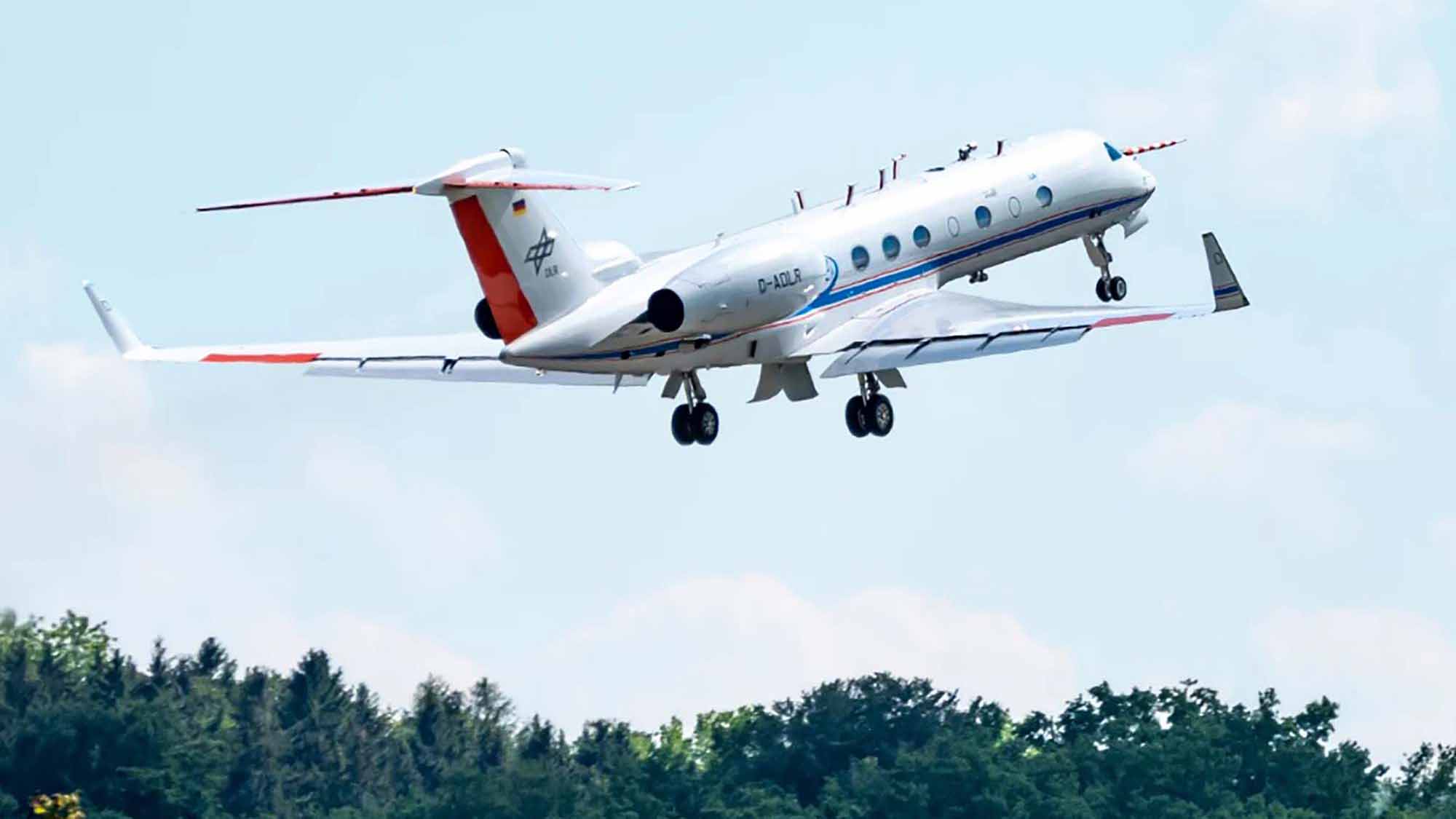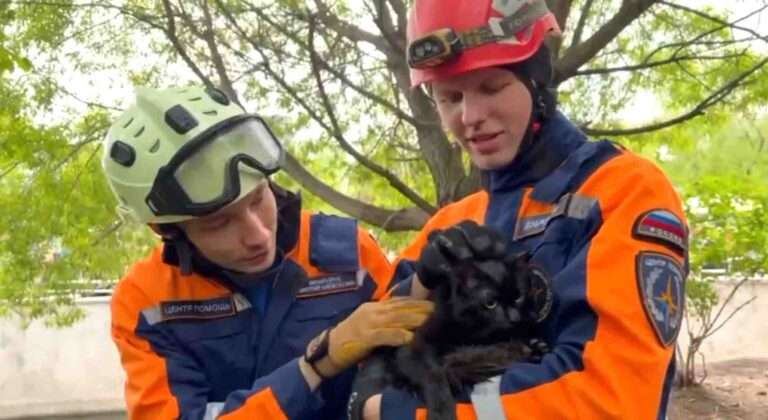Lockdowns in the early summer of 2020 ensured the amount of soot in the atmosphere was almost halved, with benefits to the climate and health.
The reductions in soot concentrations in the atmosphere occurred all over western and southern Europe, according to the research carried out in a comparison of two measurement campaigns by the German research aircraft HALO from 2017 and 2020.
It found that about 40 per cent of the reduction was due to reduced emissions from human activity.
The team from the Max Planck Institute for Chemistry, the University of Bremen, the Johannes Gutenberg University of Mainz and the German Center for Aerospace (DLR) reflected the strong impact of human activities on air quality and the importance of black carbon as a major air pollutant, and climate driver in the Anthropocene.
During the COVID-19 lockdowns at the beginning of 2020, the research team flew over Germany, the Benelux countries, Great Britain, France, Spain and Italy covering a larger part of Central, Western and Southern Europe.
As part of the BLUESKY campaign, it determined the mass of soot and the particle number concentrations in the lower troposphere with the help of the research aircraft HALO (High Altitude and LOng range) both in the area and in the vertical profile.
The team then compared the results with measurements from July 2017.
At that time, the researchers had examined the area under “normal”, i.e. pre-corona conditions, as part of the EMeRGe EU campaign.
The comparison showed a significant improvement in air quality caused by the pandemic.
On average, the amount of soot in the lower troposphere in southern and western Europe fell by 41 per cent.
This enormous number was verified with the help of traffic data and information on petrol consumption during the lockdown times.
The researchers attribute the decline to two main reasons: ongoing efforts to reduce black carbon emissions in Germany and Europe (three to nine per cent), and restricted mobility due to the pandemic lockdowns, which accounted for 32 to 38 per cent.
The comparative data was also incorporated into an earth system model in order to determine what effect fewer soot emissions in Europe would have on the climate in the long term.

The background is that soot near the ground is not only a part of fine dust that is particularly harmful to health.
Up in the atmosphere, the tiny particles contribute to global warming because their dark surface heats them up and gives off heat to the environment.
However, unlike long-lived greenhouse gases like carbon dioxide, soot is short-lived, staying in the atmosphere for only a few days to weeks.
Mira Pohlker from TROPOS in Leipzig said: “Reduced soot emissions through less burning of fossil fuels such as diesel, coal, oil or wood would also help the health of millions of people relatively quickly.
“In addition, our measurements and model calculations show that less soot in the atmosphere makes an important contribution to curbing climate change.”
The atmospheric researcher, who also does research at the Max Planck Institute for Chemistry in Mainz, hopes that some changes in behaviour during the Corona period, such as more video conferences and working from home and thus fewer flights and trips to work, will be retained. “I think the pandemic has provided impetus for a turnaround.”
Pohlker and the team are currently working on a new study and are also bringing psychologists on board.
They want to find out whether offers like cheap tickets can actually lead to a lasting change in people’s mobility behaviour.
She added: “In addition to a general reduction in traffic, it is also important to create incentives for low-emission mobility. In my opinion, heavily subsidized local public transport is an important stimulus, the effect of which on air pollution can now be quantified.”
To find out more about the author, editor or agency that supplied this story – please click below.
Story By: Michael Leidig, Sub-Editor: Marija Stojkoska, Agency: Newsflash
The Ananova page is created by and dedicated to professional, independent freelance journalists. It is a place for us to showcase our work. When our news is sold to our media partners, we will include the link here.




